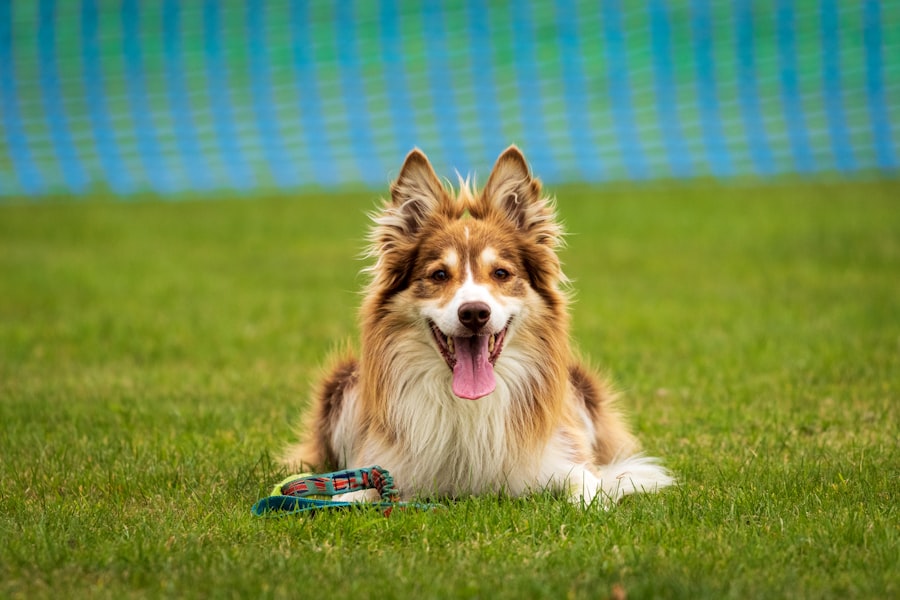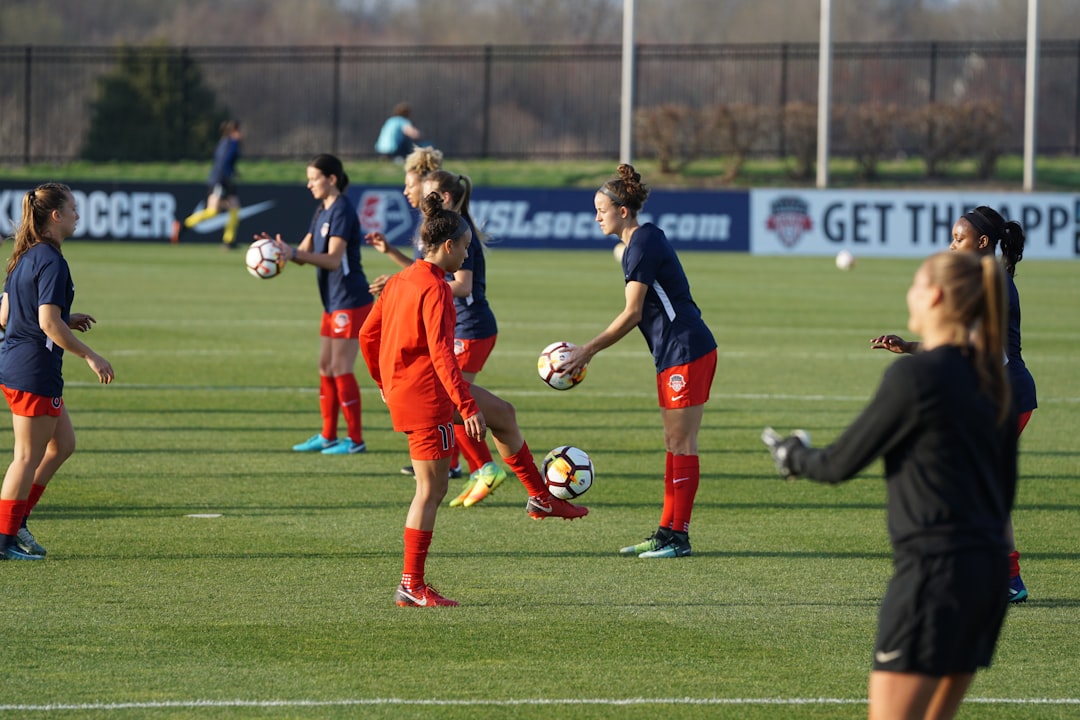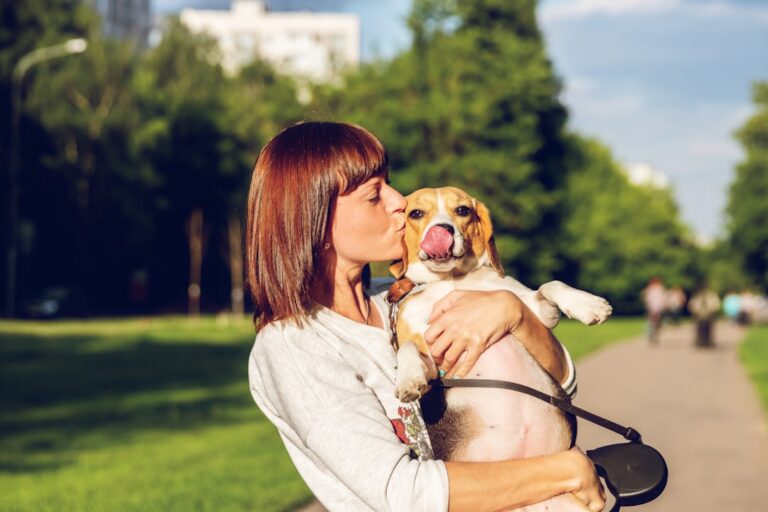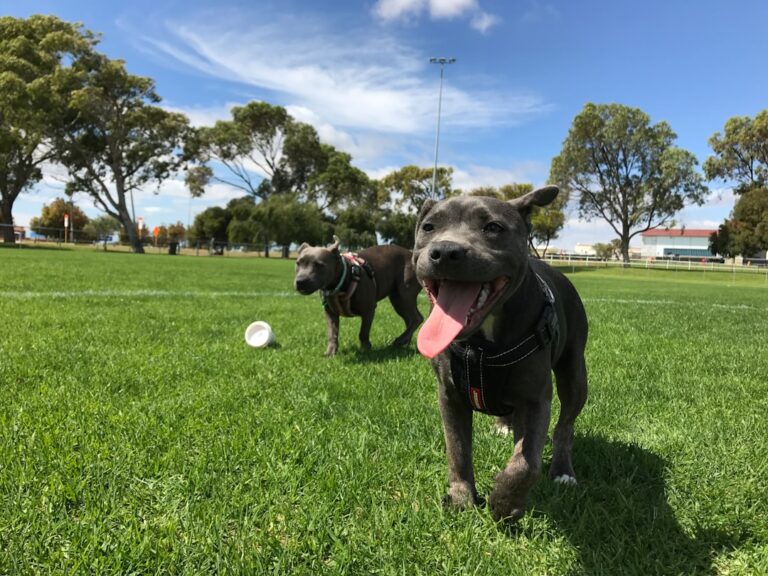To effectively train a dog, one must first delve into the intricacies of canine behavior. Dogs communicate primarily through body language, vocalizations, and facial expressions. For instance, a wagging tail does not always signify happiness; it can also indicate excitement or anxiety depending on the context.
Observing your dog’s posture, ear position, and even the way they hold their mouth can provide invaluable insights into their emotional state. A dog that is cowering with its tail tucked may be fearful, while one that stands tall with ears perked is likely feeling confident or curious. Understanding these subtle cues is essential for any dog owner who wishes to foster a positive training environment.
Moreover, recognizing the breed-specific traits and instincts of your dog can significantly influence training outcomes. For example, herding breeds like Border Collies may exhibit a strong drive to chase and herd, which can manifest as nipping or chasing behaviors. Conversely, breeds such as Bulldogs may be more laid-back and less inclined to engage in high-energy activities.
Tailoring your training approach to align with your dog’s natural tendencies not only enhances the effectiveness of the training but also ensures that the process is enjoyable for both the dog and the owner. By taking the time to understand your dog’s unique personality and behavioral patterns, you lay a solid foundation for successful communication and training.
Key Takeaways
- Understanding your dog’s behavior is crucial for effective training and communication.
- Clear communication with your dog is essential for building a strong bond and successful training.
- Setting realistic training goals will help you and your dog stay motivated and make progress.
- Consistency and patience are key in training, as dogs need time to learn and adjust to new behaviors.
- Positive reinforcement techniques are effective in encouraging good behavior and building a positive relationship with your dog.
Establishing Clear Communication with Your Dog
Consistency in Commands
When teaching your dog new commands, it is crucial to use the same word or phrase consistently. For example, if you choose to use “sit” as your command, avoid using variations like “sit down” or “sit now,” as this can confuse your dog.
Visual Cues and Routine
Additionally, pairing verbal commands with hand signals can enhance understanding; many dogs respond well to visual cues, which can be particularly useful in noisy environments where verbal commands may be drowned out. Furthermore, establishing a routine can significantly improve communication. Dogs are creatures of habit and often feel more secure when they know what to expect. By incorporating regular training sessions into your daily schedule, you create an environment where your dog can anticipate learning opportunities.
Optimal Training Moments
Engaging in training during calm moments rather than chaotic times can also facilitate better communication, allowing your dog to focus on learning without distractions.
Setting Realistic Training Goals

Setting realistic training goals is essential for both the owner and the dog’s well-being. It is important to recognize that every dog learns at its own pace, influenced by factors such as age, breed, and previous experiences. For instance, a young puppy may require more time to grasp basic commands compared to an adult dog that has had prior training.
Therefore, it is vital to establish achievable milestones that reflect your dog’s current abilities while also challenging them appropriately. Breaking down larger goals into smaller, manageable tasks can help maintain motivation and provide a sense of accomplishment as each step is achieved. Additionally, it is crucial to remain flexible in your approach to training goals.
If you find that your dog is struggling with a particular command or behavior, it may be necessary to reassess your expectations and adjust your training methods accordingly. For example, if your dog is having difficulty mastering the “stay” command, consider simplifying the task by starting with shorter durations or reducing distractions in the environment. This adaptability not only fosters a more positive training experience but also reinforces the idea that learning is a journey rather than a race.
Consistency and Patience in Training
| Training Metric | Value |
|---|---|
| Consistency | 5 days per week |
| Patience | Gradual progress over time |
| Training Duration | 60 minutes per session |
| Rest Days | 2 days per week |
Consistency is paramount in dog training; it creates a predictable environment where dogs can learn effectively. This means that all family members must be on the same page regarding commands, rules, and expectations. If one person allows the dog on the couch while another enforces a strict no-couch rule, it can lead to confusion and frustration for the dog.
Establishing uniformity in training practices ensures that your dog receives clear signals about what behaviors are acceptable and which are not. Patience is equally important in the training process. Dogs do not learn new behaviors overnight; it often takes repeated practice and reinforcement for them to fully grasp commands or tricks.
For instance, if you are teaching your dog to fetch, it may take several sessions before they understand the concept of bringing the toy back to you rather than simply running off with it. During these moments of frustration, it is essential to remain calm and patient, as dogs can sense their owner’s emotions. Celebrating small victories along the way can help maintain motivation for both you and your dog.
Positive Reinforcement Techniques
Positive reinforcement is one of the most effective training methods available to dog owners today. This technique involves rewarding desired behaviors with treats, praise, or playtime, thereby encouraging the dog to repeat those behaviors in the future. For example, when teaching a puppy to sit, offering a small treat immediately after they comply reinforces the action positively.
Over time, this creates a strong association between the command “sit” and the reward received, making it more likely that the puppy will respond correctly in the future. In addition to treats, verbal praise and physical affection can also serve as powerful motivators for dogs. Many dogs thrive on attention from their owners; therefore, enthusiastic praise when they perform well can be just as effective as food rewards.
It is important to note that timing is crucial in positive reinforcement; rewards should be given immediately after the desired behavior occurs so that the dog can make the connection between their action and the reward. This method not only fosters good behavior but also strengthens the bond between you and your pet through positive interactions.
Understanding Different Training Methods

Understanding Various Training Methods
While positive reinforcement is widely regarded as one of the most humane and effective training methods, it is essential for dog owners to be aware of various training techniques available. Each method has its own philosophy and approach to teaching dogs new behaviors.
Clicker Training and Leash Training
For instance, clicker training utilizes a distinct sound—a clicker—to mark desired behaviors at the moment they occur, followed by a reward. This method helps dogs understand exactly what action earned them praise or treats. Another approach is leash training, which focuses on teaching dogs how to walk politely on a leash without pulling or lunging. This method often involves using specific techniques such as stopping when the dog pulls or rewarding them for walking beside you calmly.
Choosing the Right Approach
Understanding these different methods allows owners to choose an approach that best suits their dog’s personality and learning style. It is also beneficial to remain open-minded about combining techniques; for example, incorporating elements of clicker training into positive reinforcement strategies can yield excellent results.
Socialization and Obedience Training
Socialization is a critical component of a well-rounded training regimen for any dog. Exposing your dog to various environments, people, and other animals helps them develop confidence and reduces anxiety in unfamiliar situations. Early socialization is particularly important for puppies; introducing them to different sights, sounds, and experiences during their formative months can significantly influence their behavior as adults.
For instance, taking a puppy to a busy park or enrolling them in puppy classes can help them learn how to interact appropriately with other dogs and people. Obedience training goes hand-in-hand with socialization efforts. Teaching basic commands such as “sit,” “stay,” “come,” and “down” not only establishes good manners but also enhances safety for both the dog and its owner.
A well-trained dog is less likely to engage in dangerous behaviors such as running into traffic or jumping on strangers. Regular practice of obedience commands in various settings—such as at home, in public parks, or during walks—can reinforce these skills while simultaneously providing opportunities for socialization.
Addressing Behavioral Issues
Behavioral issues can arise for various reasons—fear, anxiety, boredom, or lack of proper training—and addressing them promptly is crucial for maintaining harmony within the household. Common issues include excessive barking, chewing on furniture, or aggression towards other animals or people. Identifying the root cause of these behaviors is essential; for example, excessive barking may stem from boredom or lack of exercise rather than being inherently problematic behavior.
Once you have pinpointed the underlying issue, implementing targeted strategies becomes possible. For instance, if your dog barks excessively due to boredom, increasing their physical activity through regular walks or playtime may alleviate this behavior. In cases of aggression or fear-based reactions, consulting with a professional trainer or behaviorist may be necessary to develop an appropriate plan tailored to your dog’s needs.
Addressing behavioral issues requires patience and persistence; however, with consistent effort and understanding, many problems can be resolved effectively.
Building a Strong Bond with Your Dog
A strong bond between a dog and its owner enhances not only training success but also overall happiness for both parties involved. Engaging in activities together—such as playing fetch, going for walks, or participating in agility courses—can strengthen this connection while providing mental stimulation for your dog. Spending quality time together fosters trust and loyalty; dogs are social animals that thrive on companionship.
Additionally, incorporating daily routines that include affection—such as petting or grooming—can further solidify this bond. Dogs are highly attuned to their owner’s emotions; therefore, showing love and appreciation through gentle touch or kind words reinforces their sense of security within the relationship. The stronger the bond you build with your dog through shared experiences and positive interactions, the more responsive they will be during training sessions.
As dogs develop their skills through basic obedience training, many owners may wish to explore specialized activities that cater to their dog’s unique talents and interests. Agility training involves navigating obstacle courses that test a dog’s speed and coordination while enhancing their focus on their handler’s commands. This sport not only provides physical exercise but also mental stimulation as dogs learn how to maneuver through tunnels, jumps, and weave poles.
On the other hand, therapy work involves training dogs to provide comfort and support in various settings such as hospitals or schools. Therapy dogs undergo specific training to ensure they are calm and well-behaved in potentially stressful environments while interacting positively with people of all ages. Engaging in these specialized activities allows owners to deepen their connection with their dogs while providing opportunities for personal growth and fulfillment.
Continuing Education and Support for Ongoing Success
Training does not end once basic commands are mastered; ongoing education is vital for maintaining good behavior and enhancing skills over time. Many owners find value in attending advanced classes or workshops that focus on specific skills such as scent detection or advanced obedience techniques. These opportunities not only provide fresh challenges for dogs but also allow owners to connect with other like-minded individuals who share their passion for canine companionship.
Additionally, seeking support from online communities or local training groups can offer valuable resources for troubleshooting behavioral issues or sharing success stories with fellow dog owners. Engaging with others who understand the challenges of dog ownership fosters a sense of camaraderie while providing encouragement along the journey of continuous learning and growth together with your canine companion.











